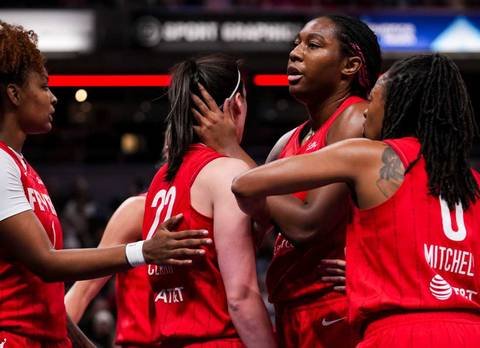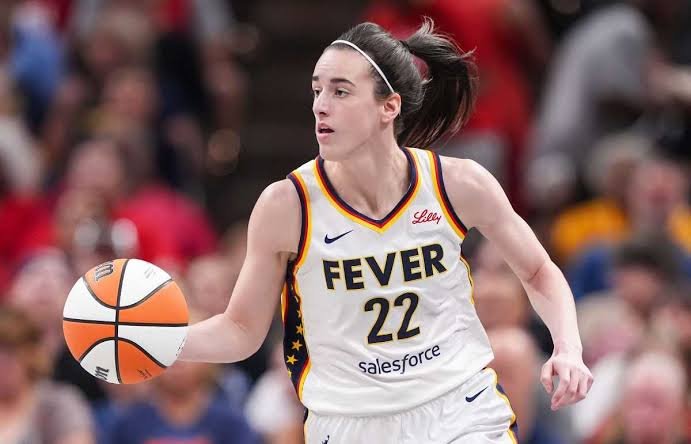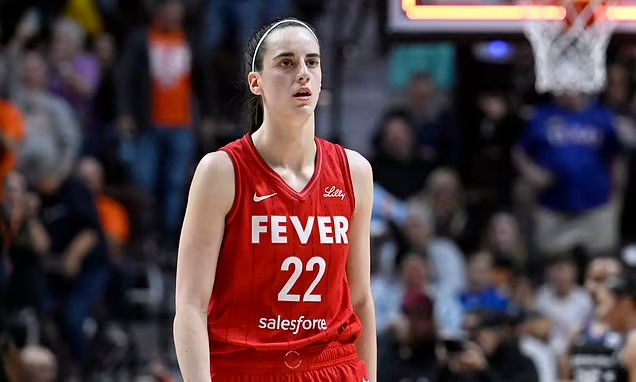
In an unexpected move, Olympic gold medalist Shelly-Ann Fraser-Pryce has donated $50,000 to her alma mater, the Wolmer’s Girls’ School in Kingston, Jamaica. The donation, made public via her social media, was presented as a gesture of gratitude for the foundation the school provided her. While Fraser-Pryce’s act of generosity has been widely praised by some, it has also stirred up controversy, with fans and critics alike divided over the significance of the gesture.
Fraser-Pryce, known for her athletic prowess and long-standing legacy in track and field, expressed that the donation was her way of giving back to the institution that shaped her. “I owe a debt of gratitude to Wolmer’s, and this is my way of saying thank you for everything it did for me,” she said in her post. The donation is part of an ongoing effort by the sprinting legend to help fund scholarships and resources for students, particularly those from disadvantaged backgrounds, offering them opportunities she herself once had.
However, the donation hasn’t been met with universal praise. Many fans have taken to social media to question the timing and motive behind her contribution. Some argued that the amount, while significant, seemed to be a calculated move to maintain a positive public image after recent controversies surrounding her career. “Is this about giving back or just PR?” one user commented. Another pointed out that Fraser-Pryce could have done more for the local community as a whole rather than focusing on just one school.
On the other side, many fans have defended the donation, pointing out that it’s a substantial sum that could help dozens of students. “Shelly-Ann doesn’t owe anyone anything, but she chose to give back. That’s what counts,” said one supporter. The donation also sparked discussions on the pressures faced by public figures to be continuously charitable, with some stating that no matter how small, every gesture of support matters, especially when it benefits the future generation.
In the end, Fraser-Pryce’s donation may have sparked division among her followers, but it has undeniably brought attention to the importance of supporting educational institutions. Whether seen as an altruistic act or a strategic public relations move, the gesture has certainly started a conversation about the ways in which athletes give back to their communities—and the expectations placed on them to do so.




